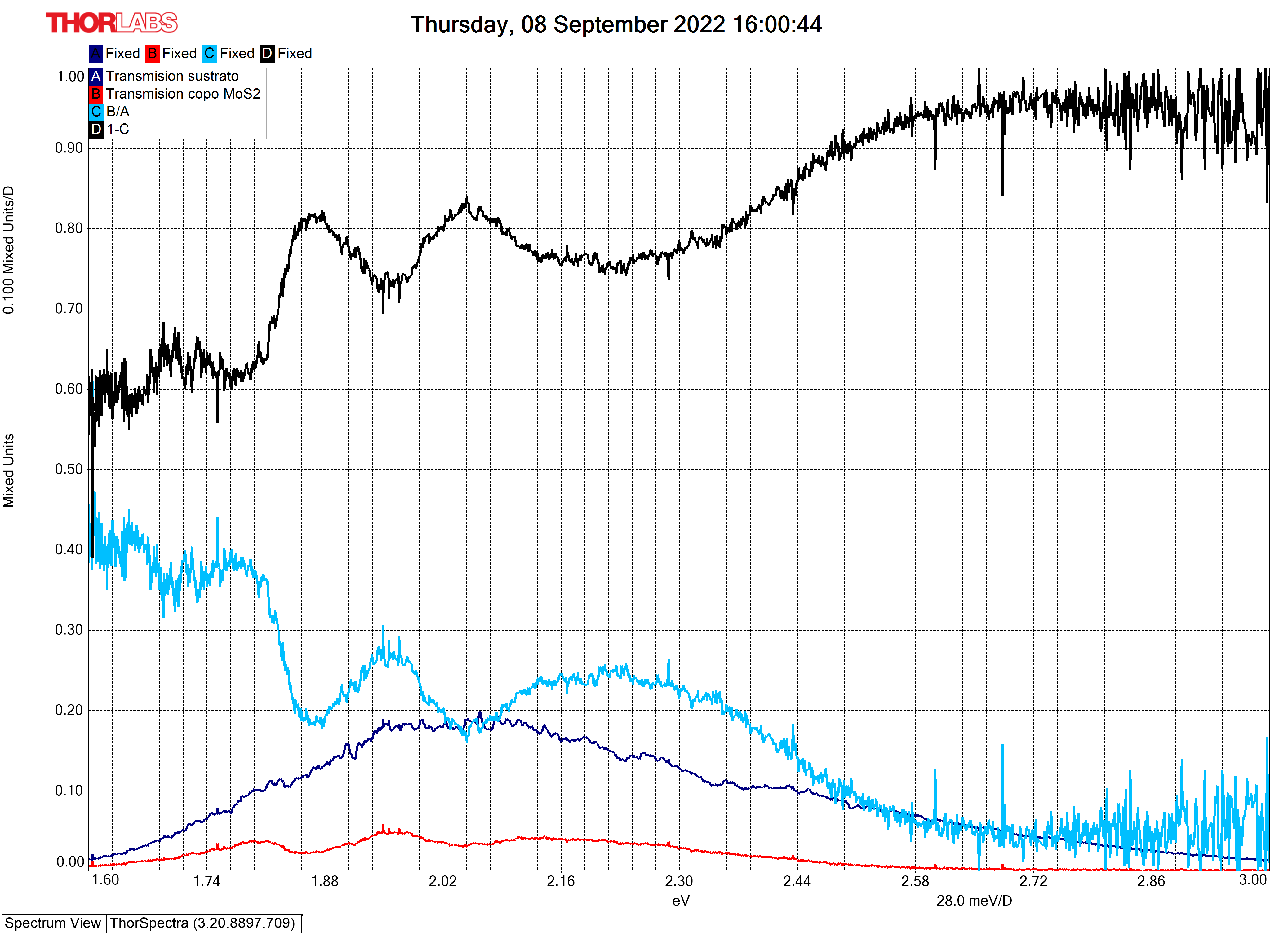In a recent paper [Carbon 149, 587 (2019)], M. Saiz-Bretín et al argue that twisted graphene nanoribbons subjected to a transverse electric field can operate as a variety of nonlinear nanoelectronic devices with tunable current-voltage characteristics controlled by the transverse field. Using the density-functional tight-binding method to address the effects of mechanical strain induced by the twisting, they show that the electronic transport properties remain almost unaffected by the strain in relevant cases and propose an efficient simplified tight-binding model which gives reliable results. The transverse electric field creates a periodic electrostatic potential along the nanoribbon, resulting in a formation of a superlattice-like energy band structure and giving rise to different remarkable electronic properties. They demonstrate that if the nanoribbon geometry and operating point are selected appropriately, the system can function as a field-effect transistor or a device with nonlinear current-voltage characteristic manifesting one or several regions of negative differential resistance. The latter opens possibilities for applications such as an active element of amplifiers, generators, and new class of nanoscale devices with multiple logic states.

